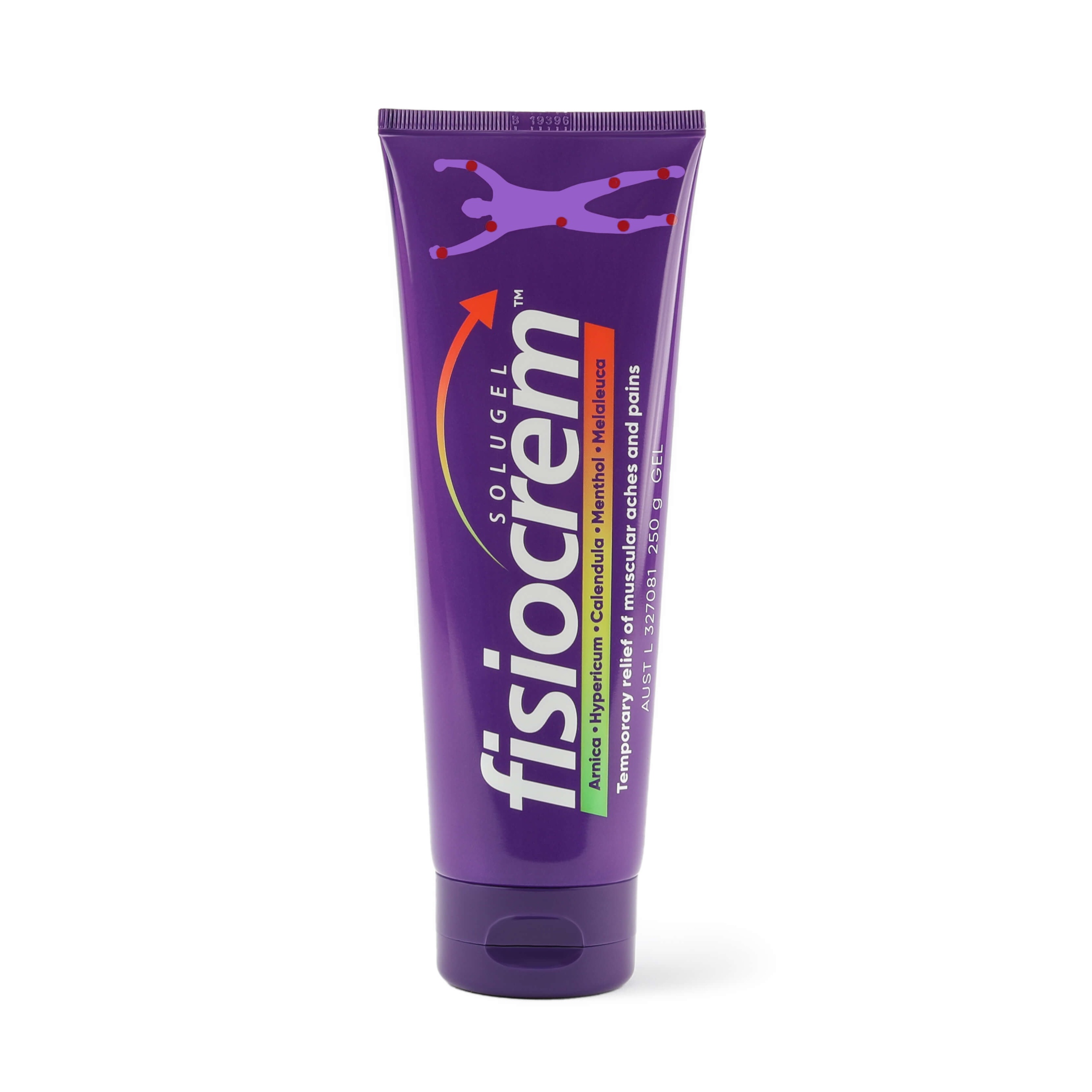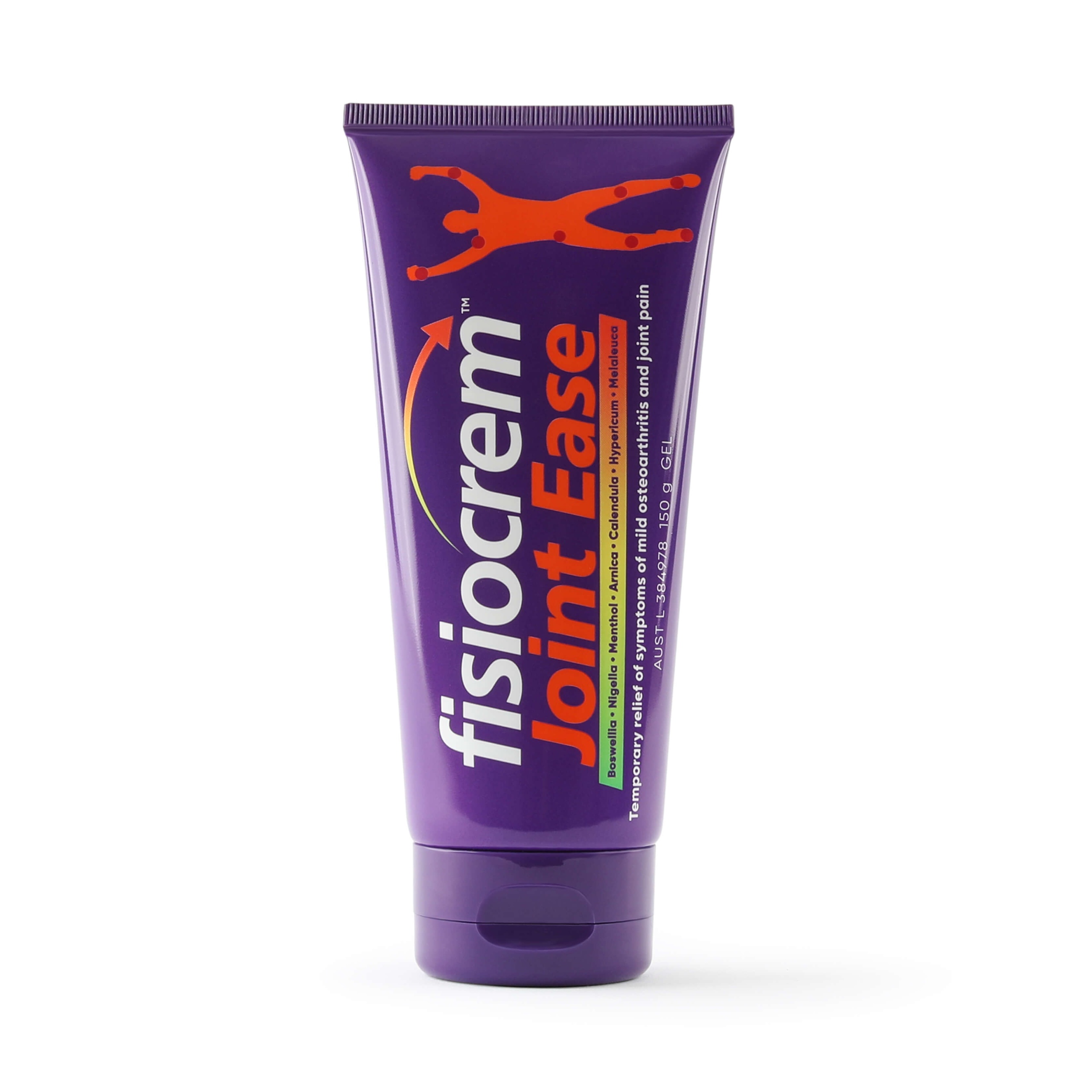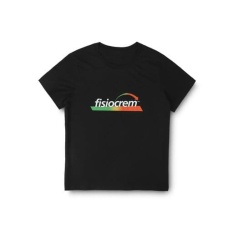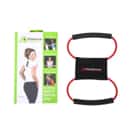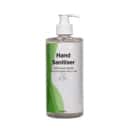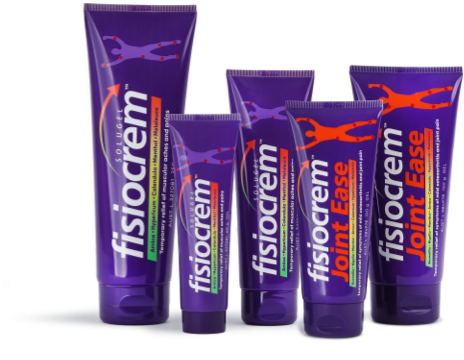If you’ve ever experienced the discomfort of a stiff neck, you know just how challenging it can be to find neck pain relief. That nagging pain and limited mobility can affect your daily life in many ways. Individuals may experience difficulties with general activities, such as turning their heads or driving a car. This article discusses neck pain, including symptoms, causes, treatment, and remedies to help relieve a stiff neck and pain.
Understanding Neck Pain
Neck pain is a common problem worldwide, especially in women (Côté et al., 2003)(Bovin et al., 1994). Neck pain affects people, their families, communities, businesses, and the healthcare system significantly. A variety of environmental and personal factors can influence the onset of neck pain (Hoy et al., 2010). Studies have found that there is a higher incidence found in office and computer workers (Hoy et al., 2010).
Neck pain and Stiffness: Symptoms and Causes
Neck pain can manifest in several ways, and its causes can be diverse. Common symptoms of neck pain include:
- A dull or sharp pain in the neck area
- Stiffness, limiting your range of motion (ROM)
- Difficulty turning your head
- Muscle stiffness
- Headaches
The causes of neck pain can vary from person to person and may include:
- Poor posture and poor ergonomics
- Muscle strain or tension
- Trauma or injury (Medical Clinics, 2012)
- Nerve compression
- Degenerative conditions (Medical Clinics, 2012)
- Age (Evans, 2014).
- Work-related stress and risk factors (Evans, 2014)(Ariëns et al, 2000)
How to Get Rid of a Stiff Neck
When faced with a stiff neck, the urgency for relief becomes paramount. Here are some practical tips that can help you eliminate that discomfort and enhance your overall well-being.
1. Heat and Cold Therapy
Applying either a hot or cold pack to the affected area can treat neck strains. Applying a heating or cold pack to the neck for 30 minutes can help relieve acute neck pain (Garra et al, 2010).
Heat pads, self-applied can assist in effectively relieving pain and improve range of motion (Cramer et al., 2012). You can use a hot water bottle or wheat pack to apply heat to the area.
Cold pack treatments can help to reduce inflammation. You can use ice packs, ice towels or even a pack of frozen peas (William, et al., 2013).
2. Gentle Neck Stretches & strengthening exercises (Cohen, 2015).
Regular stretching & strengthening exercises can help reduce neck and shoulder pain (Louw et al., 2017). Stretching regularly can improve neck movement and quality of life for people with neck pain and stiffness (Tunwattanapong et al., 2015). Performing gentle neck stretches can help relieve tension, improve flexibility and strengthen the muscles, preventing future stiffness.
Some effective stretches include neck tilts, head turns, shoulder rolls, neck rotations and chin tucks. Remember to do these exercises slowly and without force to avoid further strain.
3. Over-the-Counter Pain Relievers
Non-prescription pain relievers like ibuprofen can provide temporary relief from neck pain and reduce inflammation. However, it’s essential to follow the recommended dosage and consult a healthcare professional if needed.
4. Neck Support Pillows
The use of spring and rubber pillows can help to reduce neck pain (Pang et al., 2021). Investing in a supportive pillow can make a significant difference in preventing and relieving neck pain. A pillow designed to support your neck’s natural curve can help maintain proper alignment while you sleep.
5. Muscle Pain Relief Gel
Another way to soothe a stiff neck is by using a muscle pain relief gel. Creams with anti-inflammatory properties can relieve pain and reduce muscle tension in the affected area (Medical Clinics., 2012).
fisiocrem Solugel is a muscle pain relief gel that provides temporary relief to individuals suffering from muscular discomfort. This gel has menthol and naturally derived active ingredients. It helps soothe muscle pain and tension without being invasive.

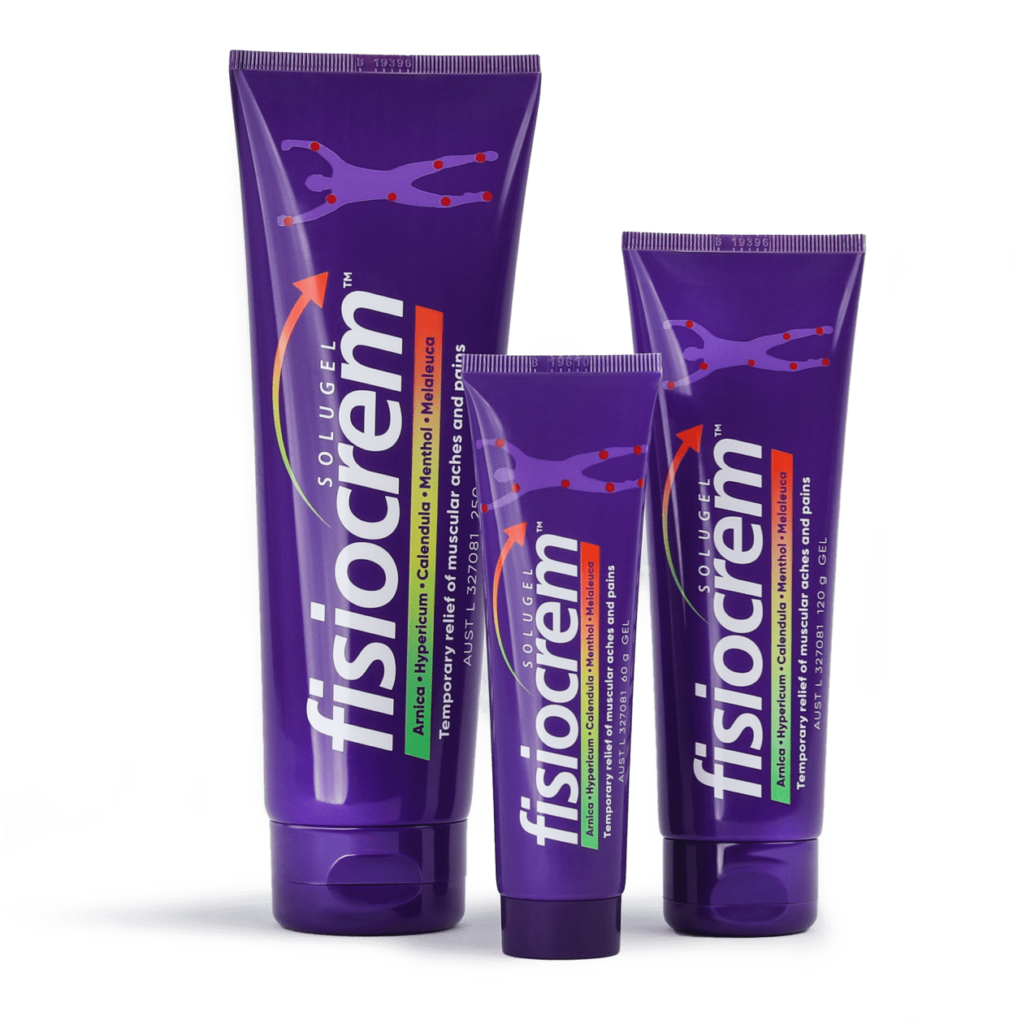
6. Posture Correction
One of the leading causes of neck pain is poor posture (Joshi et al., 2019). Pay attention to how you sit or stand and use furniture that helps support your back and neck.
7. Massage Therapy
Regular massages from a trained therapist can work wonders in reducing neck pain. Massages can help relax muscles and improve blood flow, reducing tension and promoting better circulation (Sherman et al., 2010).
8. Non Operative Options
Non-operative treatments like physical therapy and acupuncture are beneficial in addressing neck pain. Physical therapy utilises exercises and stretches to enhance neck strength and flexibility, improving posture and reducing discomfort. Acupuncture, meanwhile, employs fine needles to stimulate natural pain relief mechanisms and enhance blood circulation, offering holistic pain management. These non-invasive therapies provide effective relief from neck pain, promoting overall well-being (Medical Clinics., 2012).
Conclusion
Dealing with a stiff neck can be a real pain in the neck. But with the right remedies and treatments, you can find relief and get back to your daily activities without discomfort. Remember to pay attention to your posture, perform neck stretches, and use topical pain relief creams when needed.
Taking care of your neck is important for your well-being, whether you use home remedies or get professional help.
FAQs:
1. What is a good remedy for a stiff neck?
A good remedy for a stiff neck includes heat or cold therapy, gentle neck stretches, and over-the-counter pain relievers. Using muscle pain relief gels like fisiocrem can also provide temporary muscle pain relief.
2. What are the best stretches for a stiff neck?
The best stretches for a stiff neck include neck tilts, head turns, and shoulder rolls. These gentle exercises help relieve tension and improve flexibility.
3. What is best for a stiff/sore neck, heat or cold?
Both heat and cold therapy can be effective for a stiff or sore neck. Heat relaxes tense muscles, while cold reduces inflammation. You can choose the one that provides the most relief for your specific condition.
4. How to prevent or relieve a stiff neck while travelling?
To prevent or relieve a stiff neck while travelling, make sure to sit properly and support your neck with a travel pillow. Take breaks during long journeys to stretch and move your neck.
fisiocrem Solugel 60g tube is perfect for on-the-go to keep in your travel bag. The topical gel for muscular pain can help relieve inflammation and provide temporary muscle pain relief.
5. What exercises help relieve neck pain?
Gentle neck exercises like neck rotations, chin tucks, and shoulder stretches can help relieve neck pain and prevent stiffness.
6. Are there any ways to treat neck pain without a doctor?
Yes, there are several ways to treat neck pain without seeing a doctor. You can try different methods to relieve neck pain at home. These include heat or cold therapy, gentle neck exercises, over-the-counter pain relievers, topical creams, and supportive pillows. However, if the pain persists or worsens, it’s advisable to consult a healthcare professional.
Citations
- Ariëns, G., Mechelen, W., Bongers, P., Bouter, L., Van der Wal, G. (2000). Physical risk factors for neck pain. Scandinavian Journal of Work, Environment & Health.
- Bovin, G., Schradar, H., Sand, T. (1994). Neck Pain in the General Population. Spine Journal.
- Cohen, S. (2015). Epidemiology, Diagnosis, and treatment of neck pain. Symposium on pain medicine.
- Côté, P., Cassidy, J. D., & Carroll, L. (2003). The epidemiology of neck pain: what we have learned from our population-based studies.
- Cramer, H., Baumgarten, C., Choi, K., Lauche, R., Saha, F., Musial, F., Dobos, G. (2012). Thermotherapy self-treatment for neck pain relief—A randomized controlled trial. European Journal of Integrative Medicine, 4(4), e371-e378.
- Evans, G. (2014). Identifying and treating the causes of neck pain. Medical clinics.
- Garra, G., Singer, A. J., Leno, R., Taira, B. R., Gupta, N., Mathaikutty, B., & Thode, H. J. (2010). Academic Emergency Medicine, 17(5), 484–489.
- Hoy, D., Protani, M., De, R., Buchbinder, R. (2010). The epidemiology of neck pain. Best practice & Research clinical Rheumatology.
- Joshi, S., Balthillaya, G., & Neelapala, Y. V. R. (2019). Thoracic Posture and Mobility in Mechanical Neck Pain Population: A Review of the Literature.
- Louw, S., Makwela, S., Manas, L., Meyer, L., Terblanche, D., & Brink, Y. (2017). Effectiveness of exercise in office workers with neck pain: A systematic review and meta-analysis.
- Medical clinics., (2012). Identifying the Musculoskeletal Causes of Neck Pain. Retrieved from https://www.hcplive.com/view/identifying-musculoskeletal-causes-neck-pain
- Pang, J., Tsang, S., Fu, A. (2021). The effects of pillow designs on neck pain, waking symptoms, neck disability, sleep quality and spinal alignment in adults: A systematic review and meta-analysis. Clinical Biomechanics.
- Sherman, K. J., Cherkin, D. C., Hawkes, R. J., Miglioretti, D. L., & Deyo, R. A. (2010). Randomized trial of therapeutic massage for chronic neck pain.
- Tunwattanapong, P., Kongkasuwan, R., & Kuptniratsaikul, V. (2015). Clinical Rehabilitation, 30(1), 64–72.
- William, J. R., Srikantaiah, S., & Mani, R. (2013). Cryotherapy for acute non‐specific neck pain – William, JR – 2013: Cochrane Library.
Unlocking your SI Joint (sacroiliac joint) and More
Stretching is a simple practice that can bring significant benefits to your body (Page, 2012). In this blog, we will explore stretching, including static and dynamic stretching, and unlocking your SI joint (sacroiliac joint). So, let’s limber up and explore the world of flexibility and mobility.
Introduction: The Importance of Stretching
Human movement is dependant on the amount of range of motion (ROM)(Page, 2012). Athletes, older adults, rehabilitation patients, and individuals of all ages and fitness levels commonly use stretching as a practice (Page, 2012). Stretching can help improve range of motion (ROM), by increasing flexibility, reducing muscle tension and helping reduce the risk of muscular injury (Woods et al., 2007).
What is stretching?
Stretching involves lengthening your muscles to improve their range of motion. You can do this through three main types: static, dynamic, and PNF stretching (Proprioceptive Neuromuscular Facilitation) (Peck et al., 2014).
Stretching exercises can prevent muscle injuries and improve athlete performance. However, it is important to do them correctly and with caution to avoid injury (Beaulieu, 1981)

What is Static Stretching?
Static: A gentle approach
Static stretching is perhaps the most familiar form of stretching. It is most commonly referred to the safest type of stretching (Beaulieu, 1981). Static stretching is when you stretch a muscle and hold it in an uncomfortable position for 15-30 seconds (Peck et al., 2014). This type of stretching is gentle and safe, making it suitable for people of all fitness levels.
Benefits of Static
Static stretching offers several advantages, including:
- Improved flexibility and an increased range of motion (Kokkonen et al., 2007).
- Reduce the risk of injury and reduce muscle soreness and tension (Sim et al., 2009).
- Helps to enhance physical function and improve quality of life (Masic et al., 2023).
Beginners can perform static stretches daily to keep their muscles flexible and healthy.
What is Dynamic Stretching?
Dynamic stretching involves moving parts of the body and gradually increasing range of motion, speed of movement, or both through controlled movements (Leon & Rana, 2012). In dynamic movements, muscles lengthen, followed by a contraction, and the muscles, joints, tendons, and ligaments must generate force in this stretched position, enhancing functional ability in these extended ranges of motion (Kovacs, M. 2009).
Dynamic stretching is an activity specific functional stretching exercise that should utilise specific movements to prepare the body for activity (Kovacs, 2009). Dynamic stretches have become a popular choice as a pre-exercise warm up (Leon & Rana, 2012).
An example of a dynamic stretch is the walking lunge with rotation and the hamstring hand walk. Both exercises require a strength and flexibility and are a perfect way to improve balance and coordination whilst warming up (Kovacs, 2009).

What is PNF Stretching?
The Science Behind PNF
Proprioceptive Neuromuscular Facilitation (PNF) is a common practice for increasing range of motion. People use PNF to enhance muscle flexibility and muscle strength (Hindle et al 2012).
PNF stretching involves using the opposing muscle to stretch the target muscle. To achieve this, briefly contract the opposing muscle and then hold the target muscle in a static contraction (Sharman et al. 2006).
Sports training and rehabilitation environments commonly employ PNF techniques to enhance both active and passive range of motion (Sharman et al. 2006).
Achieving Enhanced Flexibility with PNF
PNF stretching is effective in:
- Improving flexibility and range of movement (Hindle et al. 2012).
- Enhancing muscle strength and performance (Hindle et al. 2012).
- Decreases muscle tension (Hindle et al. 2012).
- Improving joint stability and mobility (Namura et al. 2008).
Safety: Dos and Don'ts
Avoiding Common Mistakes
Whilst there are many benefits to stretching it is important to do it correctly to avoid injuries. Some common mistakes to avoid include:
- Bouncing whilst performing a stretch (This can lead to muscle strains).
- Neglecting to warm up before stretching.
- Overstretching and causing pain.
- Holding your breath during stretches.
Staying Safe During Your Routine
To ensure a safe and effective stretching routine, remember to:
- Warm up your muscles with light activity.
- Breathe deeply and rhythmically while stretching. Try using yoga breathing techniques.
- Listen to your body and avoid pushing too hard. Stretch only to the point of mild tension.
- Stay consistent with your stretching regimen. Stretch frequently to see the most improvement.
Stretch for Specific Goals
Stretching For Athletes: Optimising Performance
Athletes can benefit greatly from targeted stretching routines. It can help improve:
- Flexibility for better range of motion.
- Injury prevention by increasing muscle flexibility.
- Recovery by reducing muscle soreness and tension post-workout.
- Performance by enhancing muscle power and endurance
Stretching Accessories: Enhancing Your Practice
Stretching can be even more effective when you have the right tools at your disposal. Here’s how some common accessories can enhance your practice:
- Yoga Mats: Provide a comfortable surface for stretching and yoga exercises, ensuring stability and cushioning for your body.
- Resistance Bands: These versatile bands add resistance to your stretches, helping to improve muscle strength and flexibility.
- Yoga Blocks: Assist in maintaining balance and stability during challenging stretches and poses.
Choosing the right accessories for your routine can make a significant difference in your overall experience and results.
How to Unlock Your SI Joint by Yourself
Understanding the SI Joint
The sacroiliac joint (SIJ) is a common cause of lower back pain and buttock pain. The SIJ is a point where the spine and the pelvis connect.
The SI joint is a large joint in the body. It supports the upper body and transfers forces between the upper and lower parts of the body (Divisions, 2005). When this joint is dysfunctional it can cause lower back pain and discomfort (Divisions, 2005).
Treatment of SI joint pain is one of the most challenging problems confronting pain physicians. Generally there are 2 treatment categories; those directed at correcting the underlining pathology and those aimed to alleviate symptoms (Divisions, 2005).
Treatment aimed at relieving symptoms begins with non operative interventions including physical therapy or chiropractic care (Rashbaum et al. 2016). There are other non-surgical treatments that can help reduce pain. These treatments include moving the joint, taking anti-inflammatory drugs, and using sacroiliac joint belts (Foley & Buschbacher, 2006).
Please consult your healthcare professional for their assistance and guidance for treatment and techniques to unlock the SI joint. Unlocking your SI joint can help alleviate pain and restore proper functionality.
fisiocrem Solugel
The Perfect Complement
To maximise the benefits of your routine, consider using fisiocrem products.
fisiocrem Solugel is a topical pain relief cream specially formulated to provide temporary relief from muscle pain. Here’s why fisiocrem Solugel can be the perfect complement:
- Pain Relief: fisiocrem Solugel helps with muscle pain using arnica and calendula. Great for after exercise.
- Contains menthol and naturally derived active Ingredients: avoid the use of synthetic chemicals by using fisiocrem Solugel. fisiocrem Solugel is gentle on your skin.
- Easy to apply pain relief cream absorbs quickly, leaves no residue, so you can stretch without interruptions.
Shop fisiocrem Solugel
To enhance your routine and alleviate any discomfort or pain that may arise during or after stretching, incorporate fisiocrem Solugel
Shop fisiocrem Solugel for muscular aches and pains in-store at your local pharmacy, Chemist Warehouse, Coles, and Woolworths. Purchase fisiocrem directly online, with all orders qualifying for free delivery.


Conclusion: Embrace the Power of Stretching
In conclusion, stretching is a fundamental practice that can benefit everyone, regardless of age or fitness level. Whether you’re looking to improve flexibility, or relieve stress, there’s a stretching method that suits your needs.
From the gentle and accessible static to dynamic and PNF, you have a variety of options to explore. Stretch safely, avoid mistakes, use mats, bands, and blocks to improve your yoga practice.
fisiocrem Solugel can help with muscle pain and soreness, giving you effective relief.
So, what are you waiting for? Start integrating stretches into your daily life, and you’ll discover a world of improved flexibility, reduced pain, and enhanced well-being.
FAQs: Answering Your Burning Questions
1. What Are the Best Times to Stretch?
The best times to stretch are during warm-ups prior to exercise and cool-downs. You can add stretching to your daily routine. You can do it either in the morning to wake up or in the evening to relax after a long day.
You can add stretching to your daily routine. You can do it either in the morning to wake up or in the evening to relax after a long day.
2. How Long Should I Hold a Stretch?
Ideally, you should hold a stretch for 15-30 seconds. This duration allows you to relax the muscle and elongate the muscle gradually without causing strain.
3. Is It Good for Pain Relief?
Yes, stretching can help alleviate muscle and joint pain. It increases blood flow, reduces muscle tension, and promotes relaxation, which can contribute to pain relief.
4. Is it possible to use fisiocrem Solugel after stretching?
You can use fisiocrem Solugel after stretching. Using fisiocrem after stretching helps with post-stretching recovery by relieving discomfort or soreness.
These FAQs give general advice, but it’s best to talk to a healthcare professional for help with stretching and relieving pain.
Citations
- Beaulieu, J. E. (1981). The Physician and Sportsmedicine, 9(11), 59–69.
- Divisions, P. M. (2005). Sacroiliac Joint Pain: A Comprehensive Review of Anatomy, Diagnosis, and treatment. Anesthesia & Analgesia.
- Foley, B., Buschbacher, R. (2006). Sacroiliac Joint Pain: Anatomy, Biomechanics, Diagnosis, and treatment. American Journal of Physical Medicine & Rehabilitation.
- Hindle, K. B., Whitcomb, T. J., Briggs, W. O., & Hong, J. (2012). Proprioceptive Neuromuscular Facilitation (PNF): Its Mechanisms and Effects on Range of Motion and Muscular Function. Journal of Human Kinetics.
- Kokkonen, J., Nelson, A., Eldredge, C., Winchester, J. (2007). Chronic Static Stretching Improves Exercise Performance. Official Journal of the American College of Sports Medicine.
- Kovacs, M. (2009). Dynamic stretching: The Revolutionary New Warm-up Method to Improve Power, Performance and Range of Motion.
- Leon, C., Oh, H.-J., & Rana, S. (2012). Strategies, 25(5), 16–19.
- Masic, S., Causevic, D., Covic, N., Spicer, S., & Gawash, A. (2023). The Benefits of Static Stretching on Health. A Systematic Review.
- Namura, M., Motoyoshi, M., Namura, Y., Shimizu, N. (2008). The effects of PNF training on the facial profile. J Oral Sci.
- Page, P. (2012). Current concepts in muscle stretching for exercise and rehabilitation. International journal of sports physical therapy.
- Peck, E., Chomko, G., Gaz, D., Farrell, A. (2014). The Effects of Stretching on Performance. Current Sports Medicine Reports.
- Rashbaum, R. F., Ohnmeiss, D. D., Lindley, E. M., Kitchel, S. H., & Patel, V. V. (2016). Sacroiliac Joint Pain and Its Treatment.
- Sharman, M. J., Cresswell, A. G., & Riek, S. (2006). Sports Medicine, 36(11), 929–939.
- Sim, A., Dawson, B., Guelfi, K., Wallman, K., Young, W. (2009). Effects of Static Stretching in Warm-Up on Repeated Sprint performance: The Journal of Strength & Conditioning Research.
- Woods, K., Bishop, P., & Jones, E. (2007). Sports Medicine, 37(12), 1089–1099.
Wholesale & Practitioners
fisiocrem is devoted to helping you manage your pain, and we have been since 2009. We develop high-quality topical pain relief products that stop pain from interfering with your regular activity.
Are you visiting from New Zealand?
Visit fisiocrem New Zealand here

